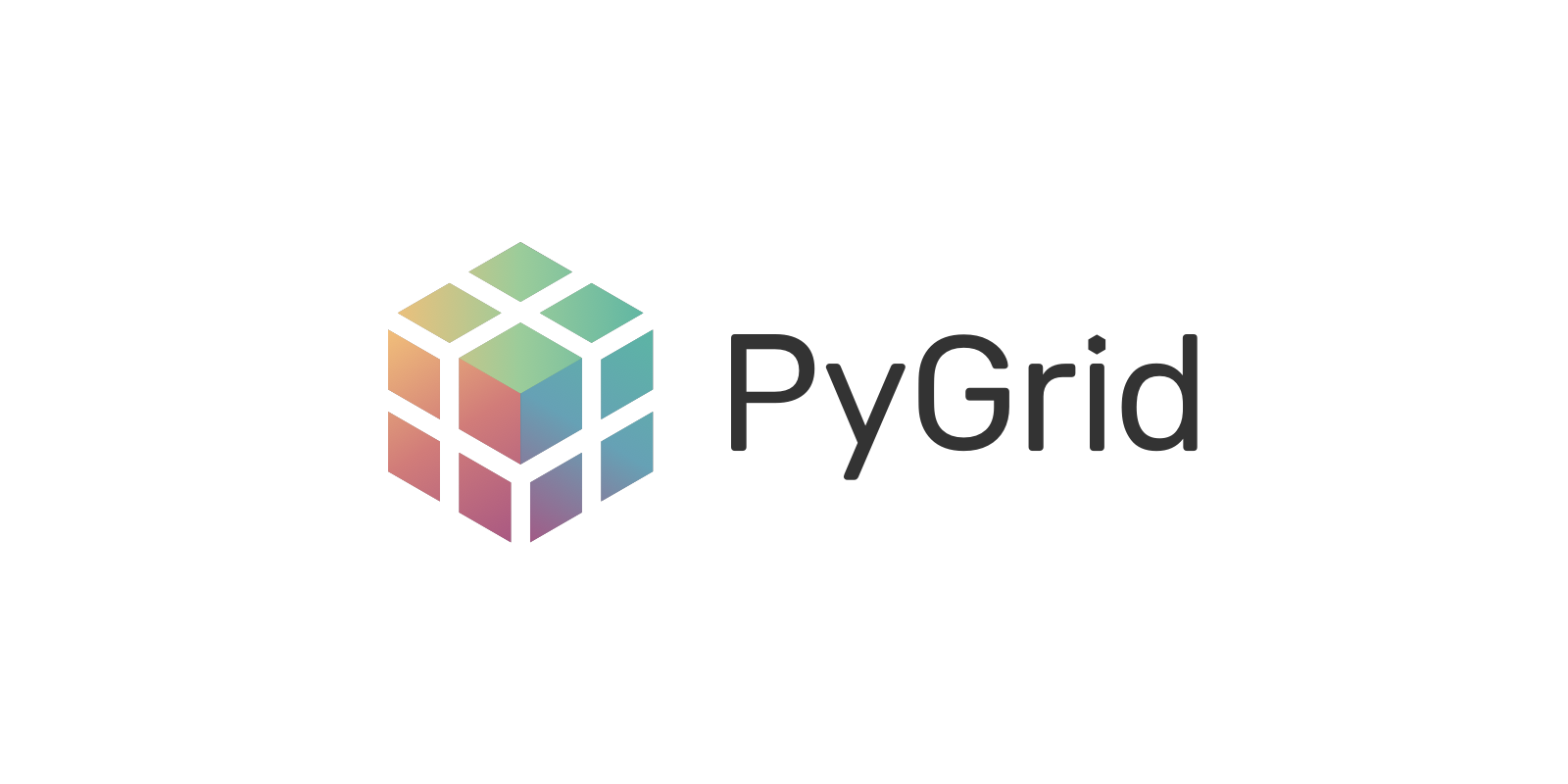Specificity-preserving RGB-D Saliency Detection
Authors: Tao Zhou, Huazhu Fu, Geng Chen, Yi Zhou, Deng-Ping Fan, and Ling Shao.
1. Preface
2. Overview
2.1. Introduction
RGB-D saliency detection has attracted increasing attention, due to its effectiveness and the fact that depth cues can now be conveniently captured. Existing works often focus on learning a shared representation through various fusion strategies, with few methods explicitly considering how to preserve modality-specific characteristics. In this paper, taking a new perspective, we propose a specificitypreserving network (SP-Net) for RGB-D saliency detection, which benefits saliency detection performance by exploring both the shared information and modality-specific properties (e.g., specificity). Specifically, two modality-specific networks and a shared learning network are adopted to generate individual and shared saliency maps. A crossenhanced integration module (CIM) is proposed to fuse cross-modal features in the shared learning network, which are then propagated to the next layer for integrating cross-level information. Besides, we propose a multi-modal feature aggregation (MFA) module to integrate the modality-specific features from each individual decoder into the shared decoder, which can provide rich complementary multi-modal information to boost the saliency detection performance. Further, a skip connection is used to combine hierarchical features between the encoder and decoder layers. Experiments on six benchmark datasets demonstrate that our SP-Net outperforms other state-of-the-art methods.
2.2. Framework Overview

Figure 1: The overall architecture of the proposed SP-Net.
2.3. Quantitative Results
2.4. Qualitative Results

Figure 2: Visual comparisons of our method and eight state-of-the-art methods.
3. Proposed Baseline
3.1. Training/Testing
The training and testing experiments are conducted using PyTorch with one NVIDIA Tesla V100 GPU with 32 GB memor.
-
Configuring your environment (Prerequisites):
- Installing necessary packages:
pip install -r requirements.txt.
- Installing necessary packages:
-
Downloading necessary data:
-
Downloading training dataset (download link (Google Drive)) and move it into
./Data/. -
Downloading testing dataset (download link (Google Drive)) and move it into
./Data/. -
Downloading pretrained weights (download link (Google Drive)) and move it into
./Checkpoint/SPNet/.
-
-
Train Configuration:
- After you download training dataset, just run
train.pyto train our model.
- After you download training dataset, just run
-
Test Configuration:
-
After you download all the pre-trained model and testing dataset, just run
test_produce_maps.pyto generate the final prediction map, then runtest_evaluation_maps.pyto obtain the final quantitative results. -
You can also download predicted saliency maps (download link (Google Drive)) and move it into
./Predict_maps/, then then runtest_evaluation_maps.py.
-
3.2 Evaluating your trained model:
Our evaluation is implemented by python, please refer to test_evaluation_maps.py
4. Citation
Please cite our paper if you find the work useful, thanks!
@inproceedings{zhouiccv2021,
title={Specificity-preserving RGB-D Saliency Detection},
author={Zhou, Tao and Fu, Huazhu and Chen, Geng and Zhou, Yi and Fan, Deng-Ping and Shao, Ling},
booktitle={International Conference on Computer Vision (ICCV)},
year={2021},
}
@inproceedings{zhoucvmj2022,
title={Specificity-preserving RGB-D Saliency Detection},
author={Zhou, Tao and Fan, Deng-Ping and Chen, Geng and Zhou, Yi and Fu, Huazhu},
booktitle={Computational Visual Media},
year={2022},
}








 i am not sure whether the evalutaion results is correct or not. Have you evaluted the model on LFSD?
i am not sure whether the evalutaion results is correct or not. Have you evaluted the model on LFSD?